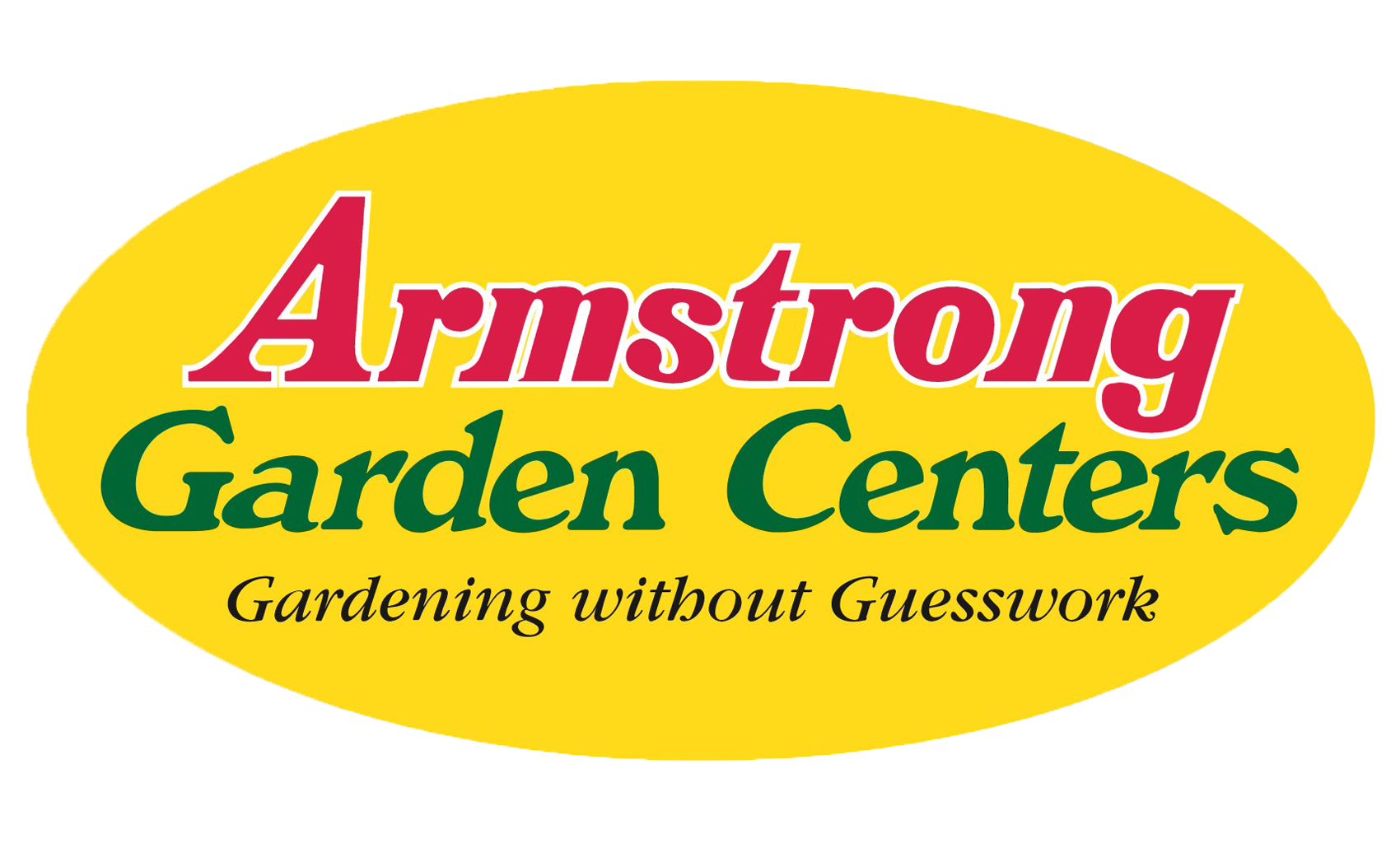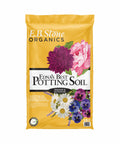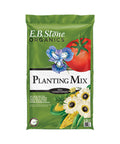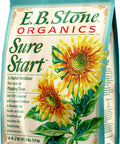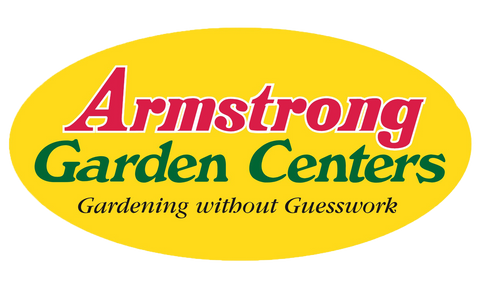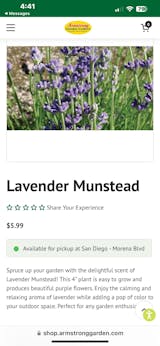Details
Edible Qualities
Long Island Brussels Sprout is an annual vegetable plant that is typically grown for its edible qualities. The small round dark green tightly-wrapped heads of foliage are usually harvested from early to late fall. The heads have a sweet taste and a crunchy texture.
The heads are most often used in the following ways:
- Eating When Cooked/Prepared
- Cooking
- Baking
Care
Planting & Growing
Long Island Brussels Sprout will grow to be about 24 inches tall at maturity, with a spread of 12 inches. When planted in rows, individual plants should be spaced approximately 12 inches apart. This fast-growing vegetable plant is an annual, which means that it will grow for one season in your garden and then die after producing a crop.
This plant is typically grown in a designated vegetable garden. It should only be grown in full sunlight. It does best in average conditions that are neither too wet nor too dry, and is very intolerant of standing water. It is not particular as to soil pH, but grows best in rich soils. It is somewhat tolerant of urban pollution. Consider applying a thick mulch around the root zone over the growing season to conserve soil moisture. This is a selected variety of a species not originally from North America, and it is considered by many to be an heirloom variety.
